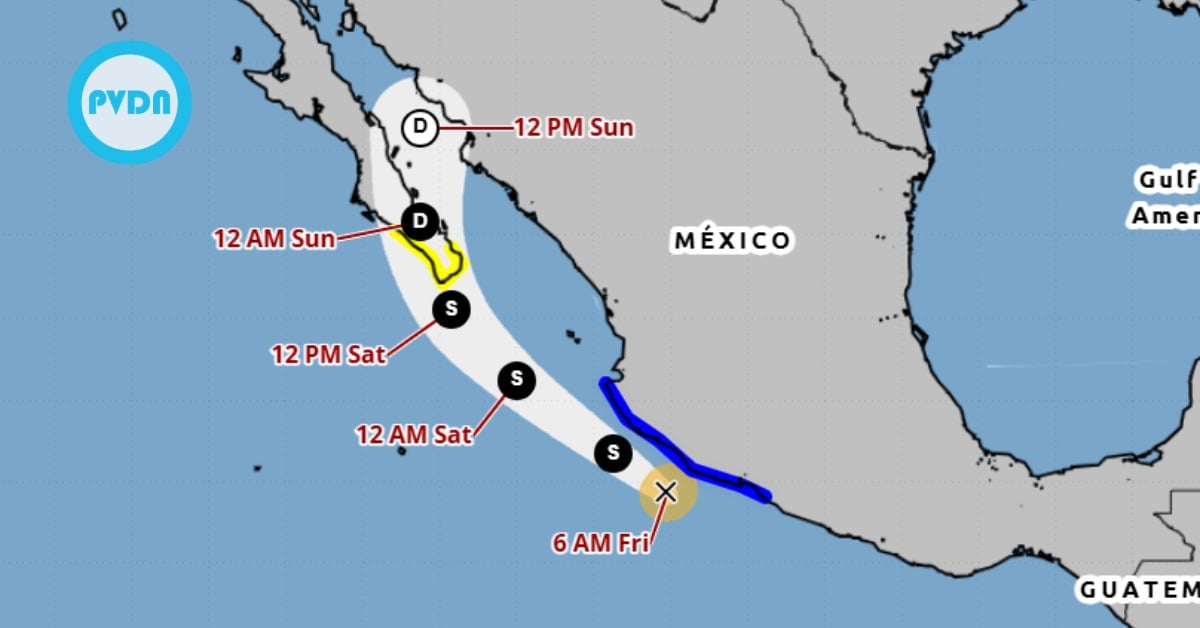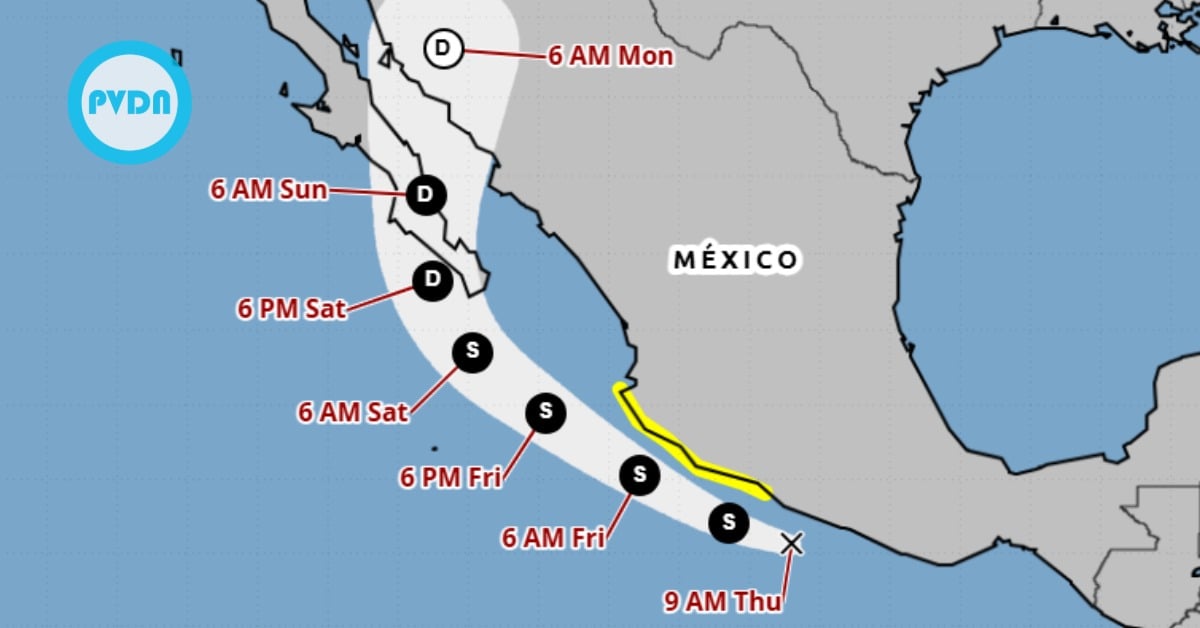Between two thousand and three thousand are estimated to have been evacuated in Puerto Vallarta, according to estimates by municipal authorities; however, the capacity of shelters in the area can accommodate 6,000 if needed, according to Mayor Arturo Dávalos. "We are asking the h…





